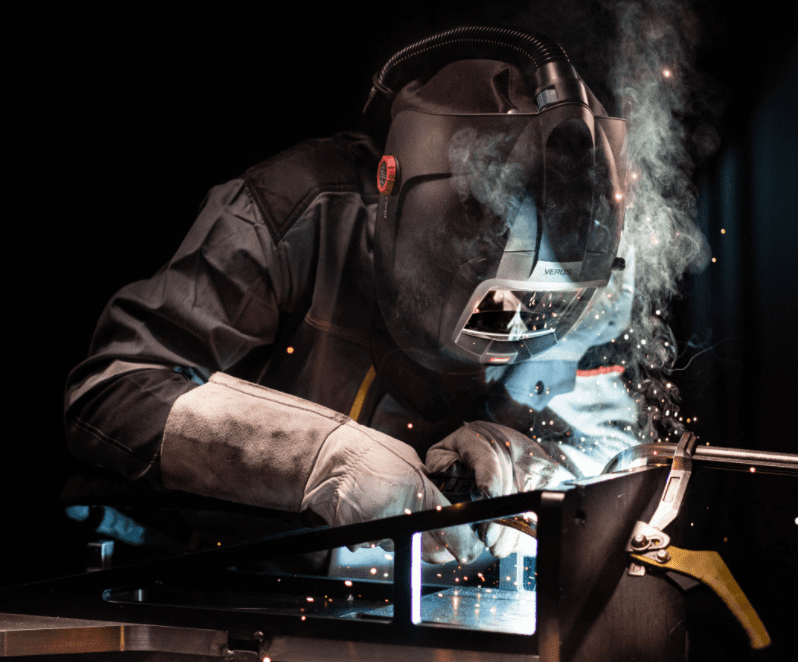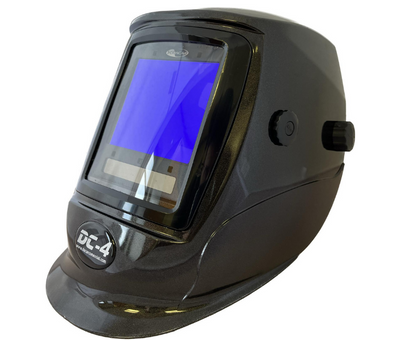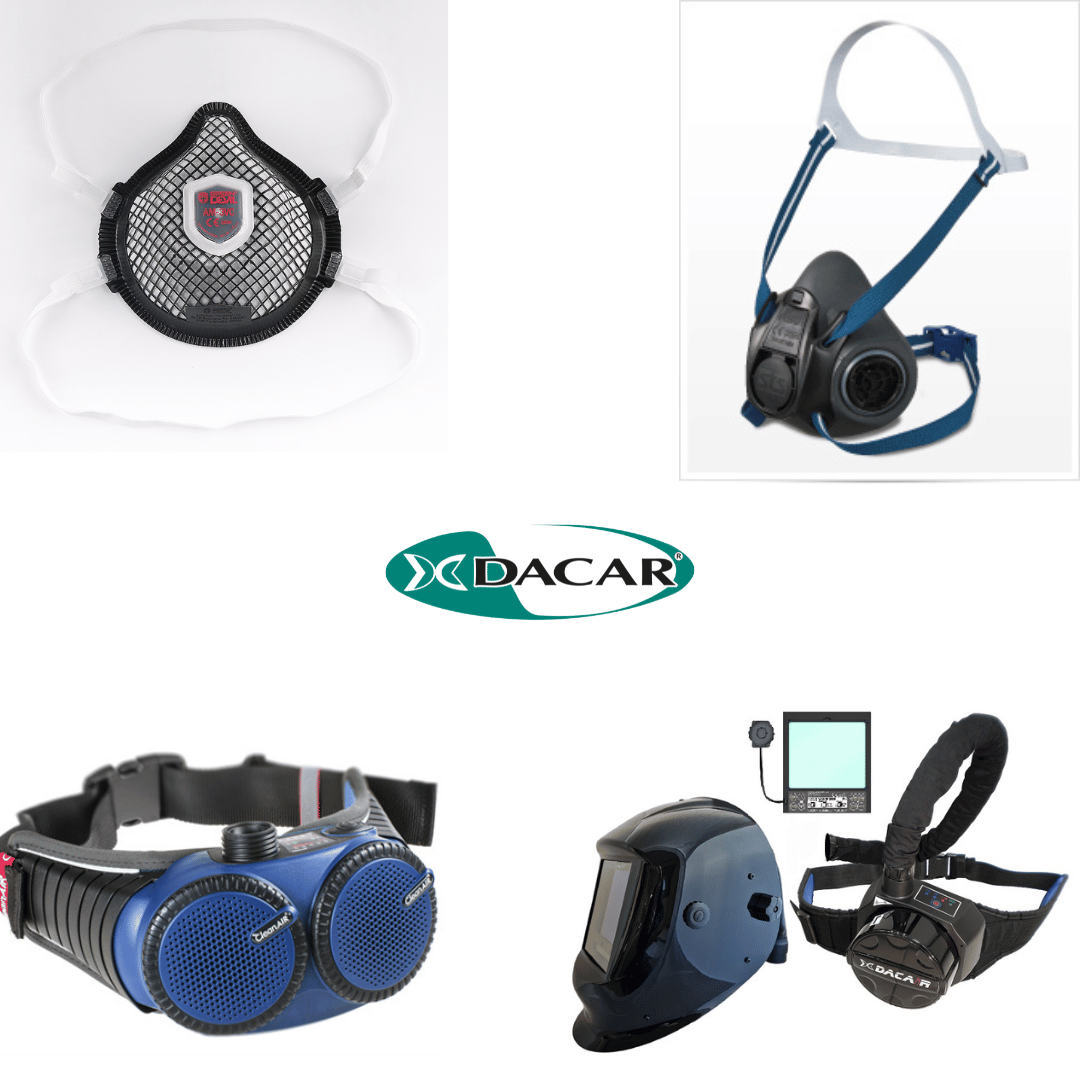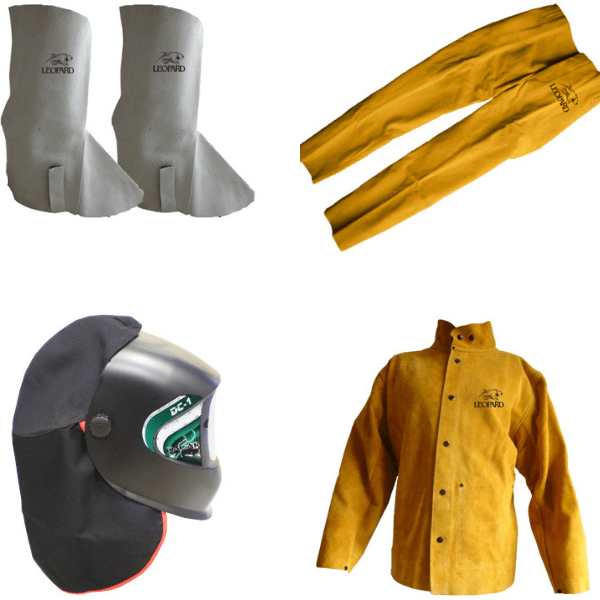What is MIG welding?
MIG (Metal Inert Gas) welding is a welding process in which an electric arc is used to melt and join two pieces of metal. In this process, a continuous metal wire is fed through a welding gun, which fuses with the pieces of metal being joined. MIG welding also uses an inert gas, such as argon or carbon dioxide, to protect the weld area from air and prevent oxidation of the metal.
MIG welding is widely used in the fabrication industry and in automotive repair shops because of its ability to join metals quickly and efficiently. It is also popular due to its ease of use and its ability to create clean, consistent joints.
MIG welding can be used to weld a variety of metals, including steel, stainless steel, aluminium, copper and nickel. However, each type of metal requires a slightly different welding process and may require a specific inert gas.

Advantages and disadvantages of MIG welding
The main advantages of MIG welding are:
- Ease of use: the welding process is relatively simple and does not require great skill on the part of the welder.
- Welding speed: MIG welding allows a very high welding speed, which increases efficiency and reduces production times.
- There is no need to clean or prepare the metal: the shielding gas removes impurities and air bubbles, resulting in a stronger and more durable weld.
- Versatility: MIG welding can be used in a wide variety of applications and materials.
The main disadvantages of MIG welding include:
- Specialised equipment requirement: MIG welding requires relatively expensive and specialised equipment, which can be an obstacle for some companies and workers.
- Environmental impact: The shielding gas used in MIG welding can be harmful to the environment if not handled properly.
- More waste: The MIG welding process produces more waste than other methods, such as TIG welding.
- Lower resistance in high quality welds: Compared to other welding techniques, MIG welding can produce lower quality welds in demanding applications.
What accessories are used in MIG welding?
MIG (Metal Inert Gas) welding is a welding process in which an electric arc is used to join metals. The accessories used in MIG welding include:
- MIG torch: A device used to transport the welding wire and shielding gas to the workpiece to be welded. The MIG torch also contains the arc ignition mechanism to start the weld bead.
- Welding wire: Welding wire is the material used to join metals. MIG welding wire can be made of different materials, such as carbon steel, stainless steel or aluminium among others. It is supplied in spools that are placed next to the welding machine. This wire will be carried together with the shielding gas in a hose to the melting point through the MIG torch.
- Shielding gas: Shielding gas is used to protect the weld from oxidation and contamination during the welding process. The gases commonly used in MIG welding are carbon dioxide (CO2) and a mixture of argon and carbon dioxide.
- Gas regulator: The gas regulator is used to control the pressure of the shielding gas used in MIG welding.
- Earth clamp: The earth clamp is used to connect the earth wire to the workpiece, which helps to close the electrical circuit and provides a secure connection.
Essential PPE for MIG welding
Welding gloves: Welding gloves are personal protective equipment used to protect the welder’s hands from sparks and heat generated during the welding process, it is very important to have quality welding gloves to guarantee the safety of our hands, but also to ensure a good touch.
Welding helmet: The welding helmet is personal protective equipment used to protect the welder’s eyes and face from light and sparks produced during the welding process to prevent burns, cuts and skin injuries.
Respiratory protection: Although the gas used to protect the welding arc from oxidation is inert, the fumes generated during the MIG welding process – like any other metal welding process – are highly toxic for the operator. It is therefore mandatory to use adequate respiratory protection, from an FFP3 type mask to positive pressure equipment that offers greater safety as it does not allow leakage into the interior.
Specific clothing and footwear: It must be suitable for welding. In general, the clothing used must be resistant to heat, molten metal projections and offer a certain resistance to fire. Leather is often the preferred material for welders’ jackets, aprons and trousers.







